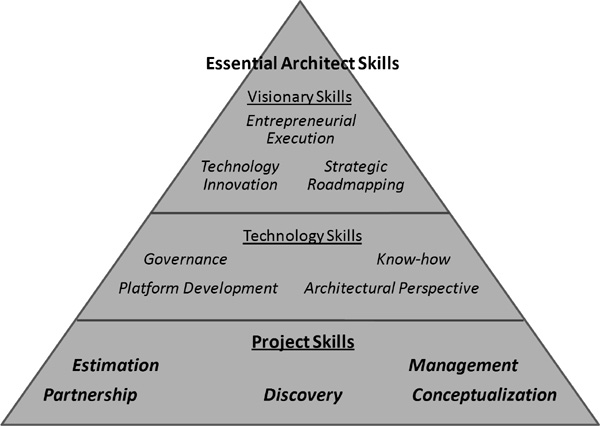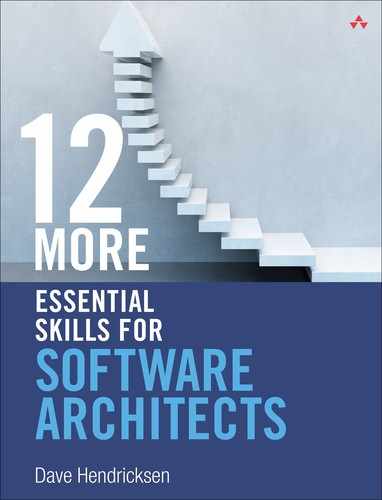Part I: Project Skills
“I believe that architecture is a pragmatic art. To become art it must be built on a foundation of necessity. Freedom of expression, for me, consists in moving within a measured range that I assign to each of my undertakings. How instructive it is to remember Leonardo da Vinci’s counsel that ‘strength is born of constraint and dies from freedom.’”
I. M. Pei
“I know the price of success: dedication, hard work, and an unremitting devotion to the things you want to see happen.”
Frank Lloyd Wright
“Architecture should speak of its time and place, but yearn for timelessness.”
Frank Gehry
“Make big plans; aim high in hope and work, remembering that a noble, logical diagram once recorded will not die.”
Daniel Burnham
“Not many architects have the luxury to reject significant things.”
Rem Koolhaas
Part I focuses on five essential project skills for an architect. These chapters focus on principles, strategies, and other areas related to project architecture oversight, such as dealing with drive-by estimates to help you become more effective in managing your architecture. These chapters are organized as follows:
• Chapter 1, “Partnership,” will enable you to
• Align with your business organization
• Establish mutual trust with your stakeholders
• Work within the business context
• Work collaboratively with your business colleagues
• Establish and maintain relationships throughout the business
• Chapter 2, “Discovery,” will enable you to
• Explore new areas with the business effectively
• Gain a deep understanding of your customers, your business, and your marketplace
• Chapter 3, “Conceptualization,” will enable you to
• Help the business formulate product ideas and develop them into product concepts
• Reify product concepts
• Evolve product concepts into well-defined products with a solid architectural foundation
• Chapter 4, “Estimation,” will enable you to
• Lead technical groups in estimating projects
• Identify project risks, assumptions, issues, and dependencies
• Help communicate the estimates to project stakeholders, including executives
• Chapter 5, “Management,” will enable you to
• Manage the architectural areas of responsibility
• Help drive projects from inception through customer delivery
Project skills comprise the foundational layer of skills needed to be an architect (see Figure PI.1).
Figure PI.1. Essential architect skills (project skills)

The project skills are not necessarily sequenced. You need to learn the context of when to use them. Partnering with the business, discovering and conceptualizing new solutions to bring value to customers, and delivering the solutions are the foundations for the architectural life cycle of a project (see Figure PI.2) and the focus of Part I.
Figure PI.2. Architectural project life cycle

